Tea, the second-most consumed beverage globally after water, has woven itself into the cultural, economic, and social fabrics of societies across continents. Its history spans millennia, with origins traced to ancient China, where leaves of the Camellia sinensis plant were first brewed for their medicinal and stimulating properties. Today, tea cultivation thrives in diverse ecosystems, from mist-shrouded mountain slopes to sun-drenched tropical plateaus, each region imprinting unique characteristics onto the leaves it nurtures. This article embarks on a journey through the world’s most iconic tea-producing regions, unraveling the geography, climate, and traditions that shape their distinct flavors and aromas.
China: The Cradle of Tea
No exploration of tea origins is complete without China, the birthplace of tea culture. With over 2,000 years of cultivation, China’s tea regions span vast territories, each microclimate and soil type contributing to an astonishing variety of teas.
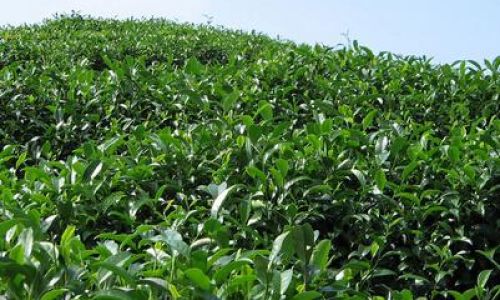
Yunnan Province
Nestled in southwestern China, Yunnan is renowned for its ancient tea trees, some over 1,000 years old. The region’s subtropical climate, high altitude, and fertile red soil produce robust pu-erh teas, which undergo post-fermentation to develop earthy, mellow flavors. Yunnan’s Dian Hong black tea, with its golden tips and honeyed notes, is another prized offering.
Fujian Province
Fujian’s coastal hills and volcanic soil foster two iconic tea styles: Tie Guan Yin oolong and white tea. The Wuyi Mountains, a UNESCO World Heritage site, yield roasted oolongs with mineral undertones, while Fuding’s Bai Hao Yin Zhen (Silver Needle) white tea is celebrated for its delicate, silver-furred buds.
Zhejiang Province
Zhejiang’s Longjing (Dragon Well) green tea, grown near Hangzhou, is a testament to terroir. Flattened by hand in woks, its chestnut-sweet flavor and jade-green hue reflect the region’s misty springs and sandy loam soils.
India: Colonial Legacy and Biodiversity
Britain’s colonial appetite for tea reshaped India’s agricultural landscape, transforming hill stations into tea estates. Today, India is the world’s second-largest tea producer, with regions like Assam, Darjeeling, and Nilgiri each offering distinct profiles.
Assam
Assam’s monsoon-drenched Brahmaputra Valley yields malty, full-bodied black teas. The region’s tropical climate and Assamica varietal, with its large leaves, produce teas ideal for breakfast blends.
Darjeeling
Dubbed the “Champagne of Teas,” Darjeeling’s high-altitude estates (up to 2,000 meters) cultivate delicate oolongs and black teas. The first flush, harvested in spring, offers floral and astringent notes, while the autumnal flush deepens into muscatel sweetness.
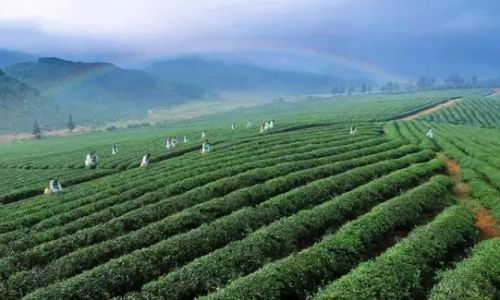
Nilgiri
Southern India’s Nilgiri Hills produce fragrant, brisk black teas year-round. The region’s cool, wet climate and later harvests yield teas prized for iced tea blends.
Japan: Precision and Aesthetics
Japanese tea culture epitomizes minimalism and ritual, with shaded green teas like matcha and gyokuro standing as culinary art forms.
Shizuoka Prefecture
Shizuoka, Japan’s largest tea-producing region, grows sencha and matcha. The area’s volcanic soils and foggy mornings slow leaf growth, intensifying umami flavors.
Uji, Kyoto
Uji’s gyokuro, grown under straw mats to block sunlight, develops high chlorophyll levels, resulting in a vivid green infusion with a sweet, seaweed-like finish. Matcha from Uji is stone-ground into a fine powder, central to tea ceremonies.
Kenya: Innovation in the Rift Valley
Kenya’s tea industry, though a 20th-century development, now leads in CTC (crush-tear-curl) black tea production. The equatorial highlands around Kericho and Nandi Hills provide ideal conditions: acidic soils, consistent rainfall, and warm days. Kenyan teas, with their bright amber liquor and brisk astringency, dominate global blend markets.
Sri Lanka: The Island of Ceylon Tea
Sri Lanka’s colonial-era tea estates, perched on terraced hillsides, produce Ceylon teas prized for their clarity and nuance.
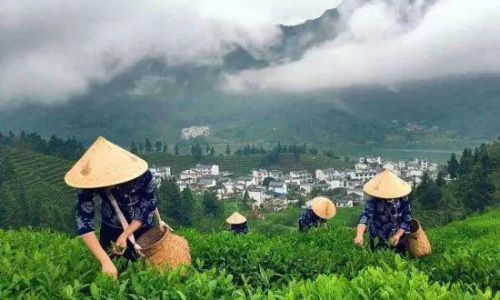
Nuwara Eliya
At 1,900 meters, Nuwara Eliya’s cool climate and red laterite soils yield golden-tipped black teas with citrus and mint notes.
Uva
Uva’s seasonal monsoons impart a distinctive minty-spicy character to its teas, making them ideal for afternoon blends.
Taiwan: Oolong Mastery
Taiwan’s mountainous terrain and humid subtropical climate have elevated oolong production to an art form.
Alishan
Alishan’s high-mountain oolongs, grown above 1,000 meters, undergo light oxidation, preserving floral and buttery flavors. The region’s cloud cover and sandy loam soils slow growth, concentrating nutrients.
Dongding
Dongding’s roasted oolongs, with their toasty, caramelized finish, exemplify Taiwan’s mastery of fire in tea processing.
Turkey: Rize Tea and Hospitality
Turkey is the fourth-largest tea consumer globally, with the Black Sea region’s Rize province dominating production. The subtropical climate and red soils yield strong, full-bodied black teas, often served in tulip-shaped glasses with sugar.
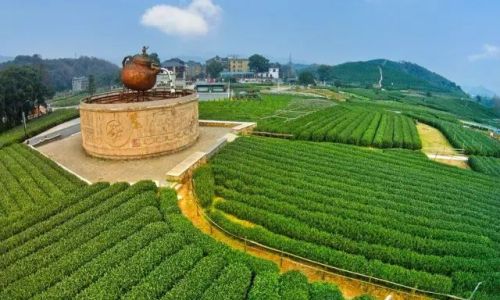
Vietnam: Emerging Tea Powerhouse
Vietnam’s tea industry, centered in the northern provinces, combines traditional methods with modern processing. Lotus-scented green teas from Tay Ho and wild-grown shan tuyet (snow tea) from Ha Giang are gaining international acclaim.
Argentina: Yerba Mate’s Homeland
While not a traditional tea, Argentina’s yerba mate (Ilex paraguariensis) deserves mention. Grown in the subtropical Misiones Province, mate leaves are dried and aged over fire, producing a bitter, energizing infusion consumed communally from gourds.
The Science of Terroir in Tea
Tea’s flavor profile is a symphony of genetics, environment, and human craft. Elevation, rainfall, soil pH, and sunlight exposure all influence leaf chemistry. High-mountain teas, for example, develop slower, accumulating more amino acids (like L-theanine) that impart umami and sweetness. Conversely, lowland teas grow rapidly, yielding bolder, more astringent cups.
Processing methods further diversify tea types. Oxidation levels determine whether a leaf becomes green (unoxidized), oolong (semi-oxidized), or black (fully oxidized). Post-fermentation (as in pu-erh) or roasting (as in hojicha) adds layers of complexity.
Sustainability Challenges and Innovations
Climate change poses existential threats to tea regions. Rising temperatures, erratic rainfall, and pest proliferation disrupt harvests. In response, producers are adopting agroforestry, shade-grown cultivation, and drought-resistant cultivars. Certifications like Rainforest Alliance and Fairtrade also promote ethical practices.
Conclusion: A Brew for the Future
Tea’s journey from ancient elixir to global commodity reflects humanity’s capacity to adapt and innovate. As consumers increasingly seek traceability and ethical sourcing, tea regions must balance tradition with sustainability. Whether sipped in a Beijing teahouse or a London café, each cup tells a story—of land, labor, and the enduring allure of a simple leaf transformed by fire and water.
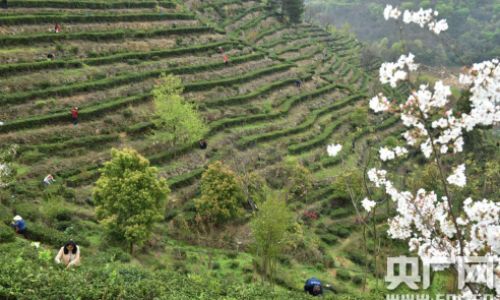
From the foggy slopes of Darjeeling to Kenya’s bustling factories, the world’s tea-producing regions remind us that this humble beverage is, in fact, a mirror to humanity’s ingenuity and interconnectedness. As the kettle whistles, let us raise our cups to the farmers, artisans, and landscapes that make every sip a voyage.
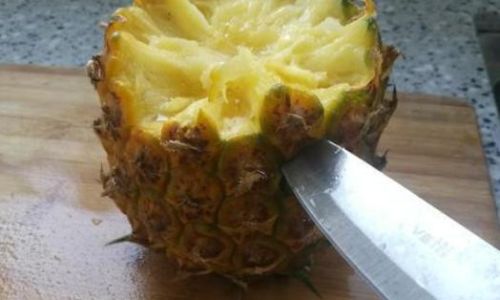

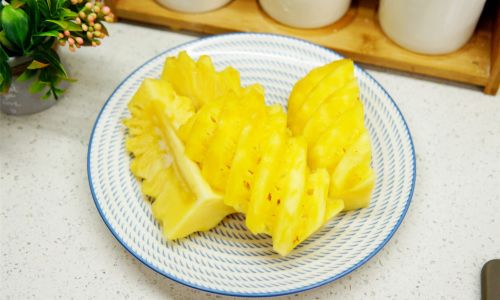
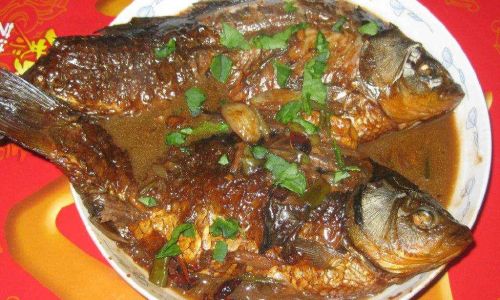
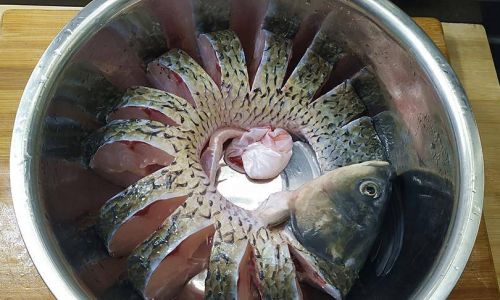
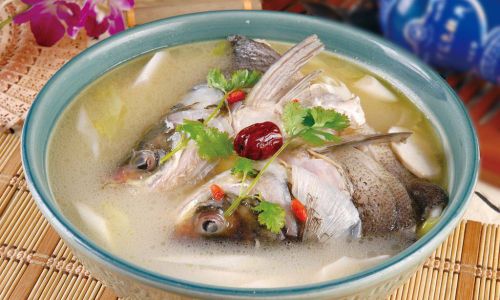
0 comments